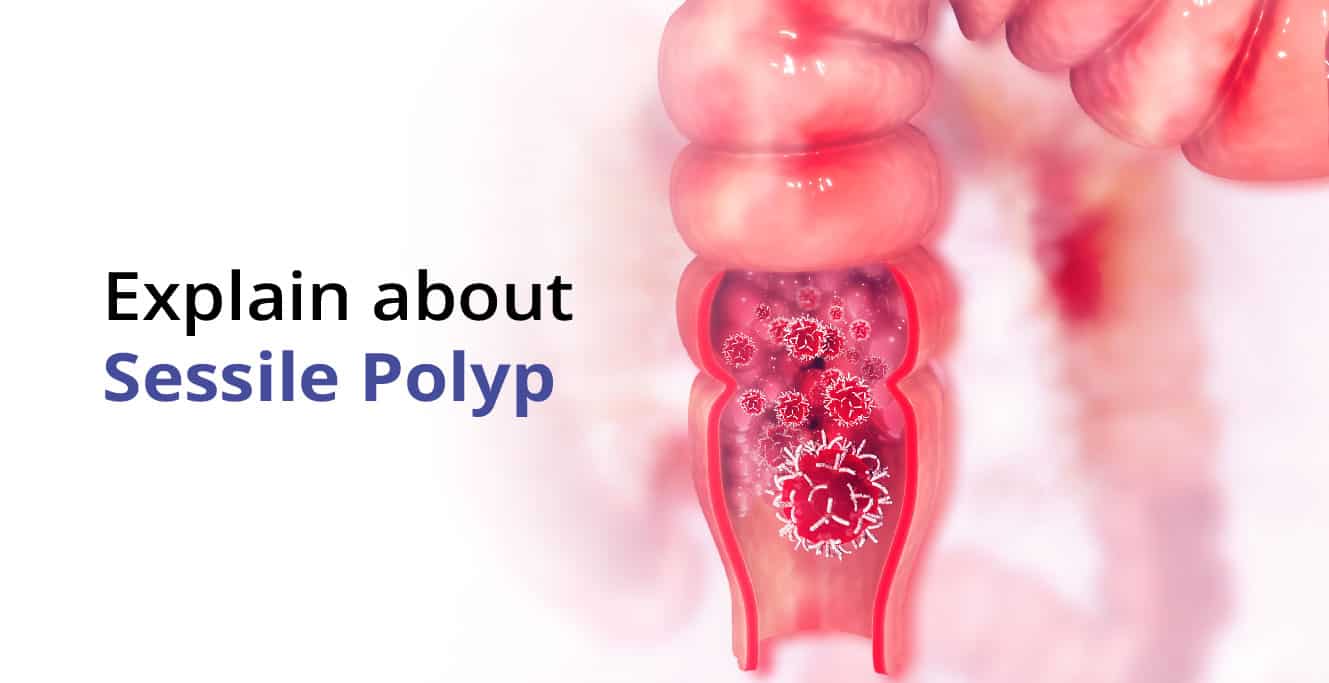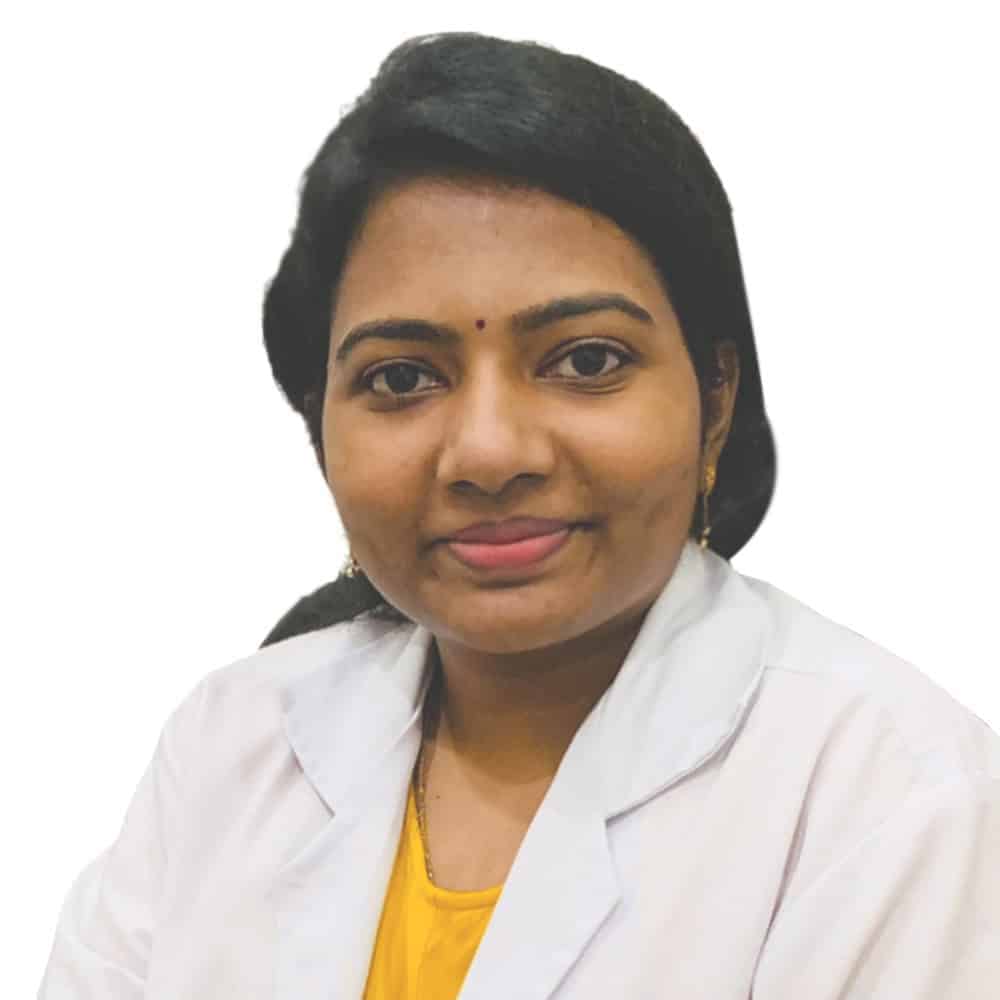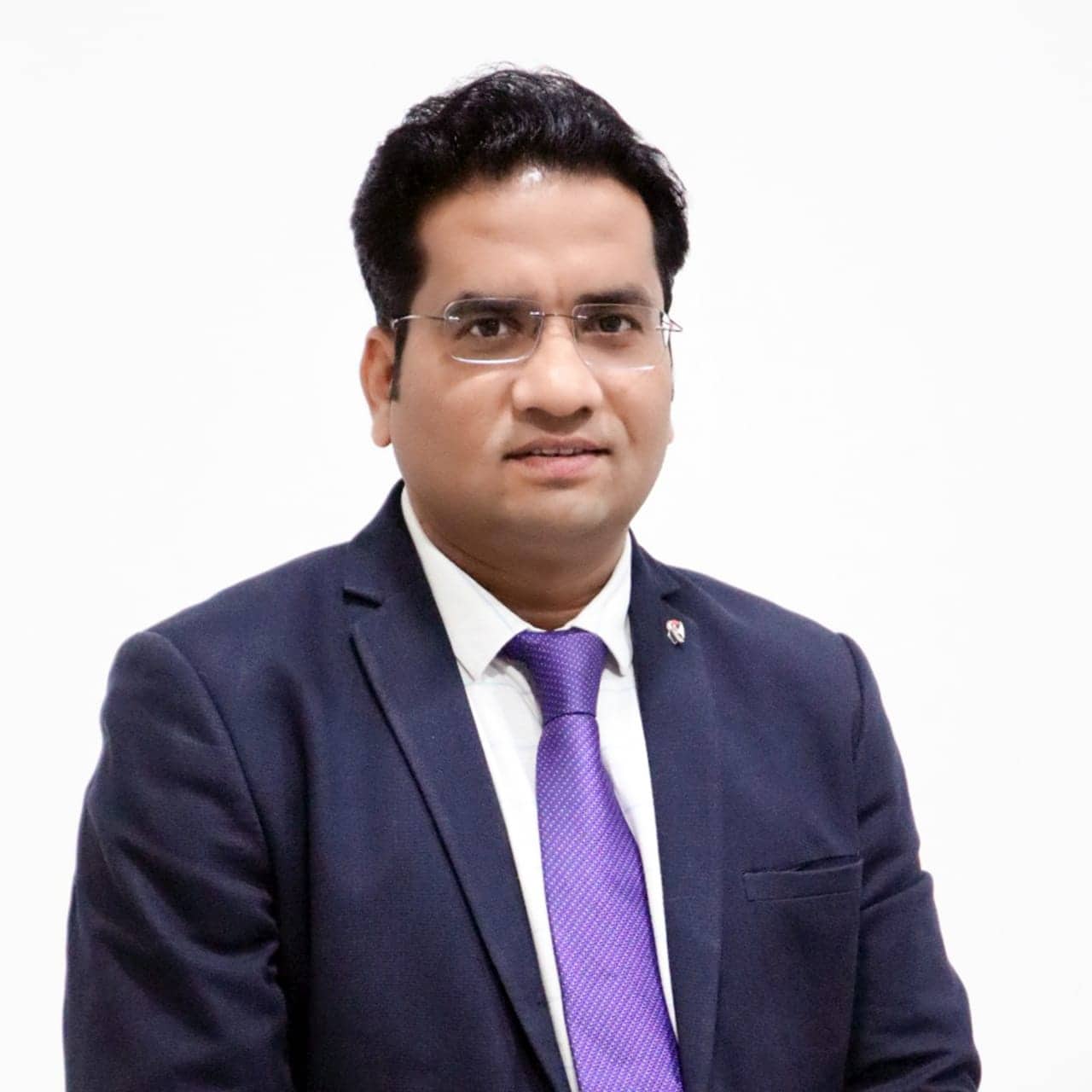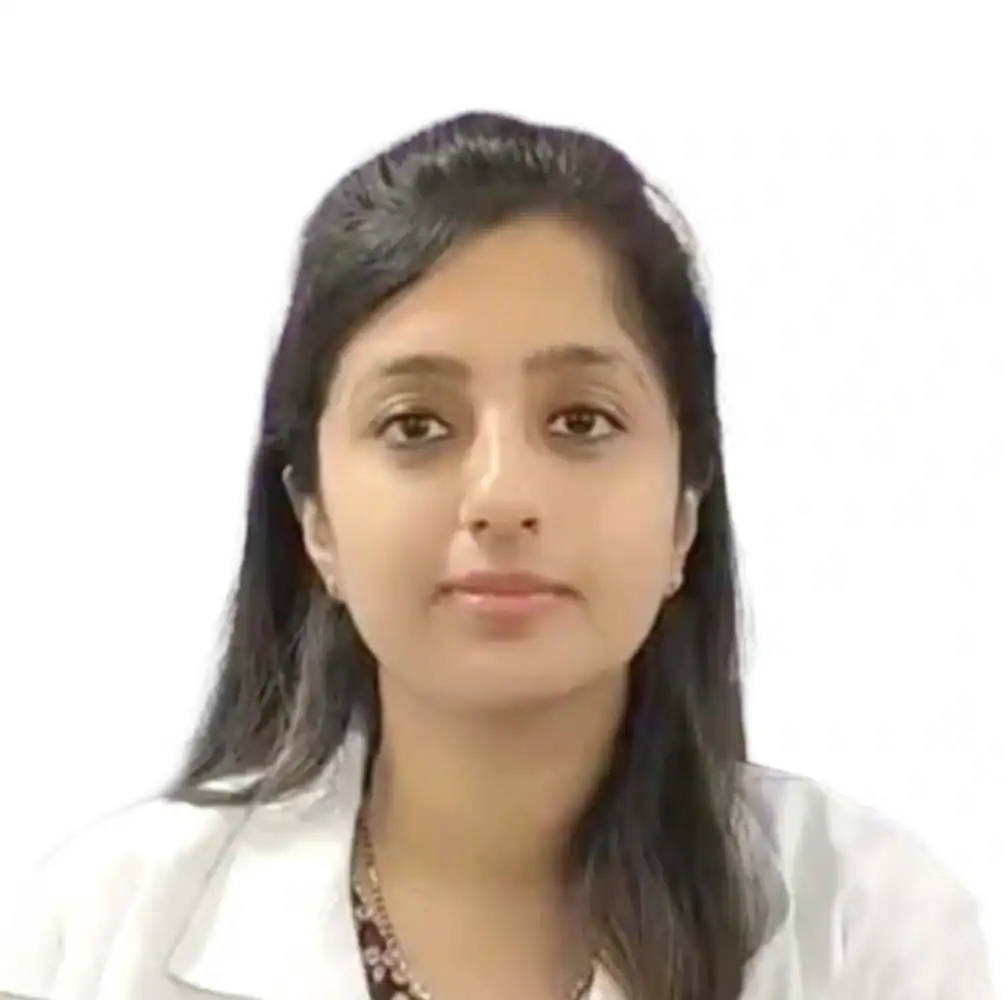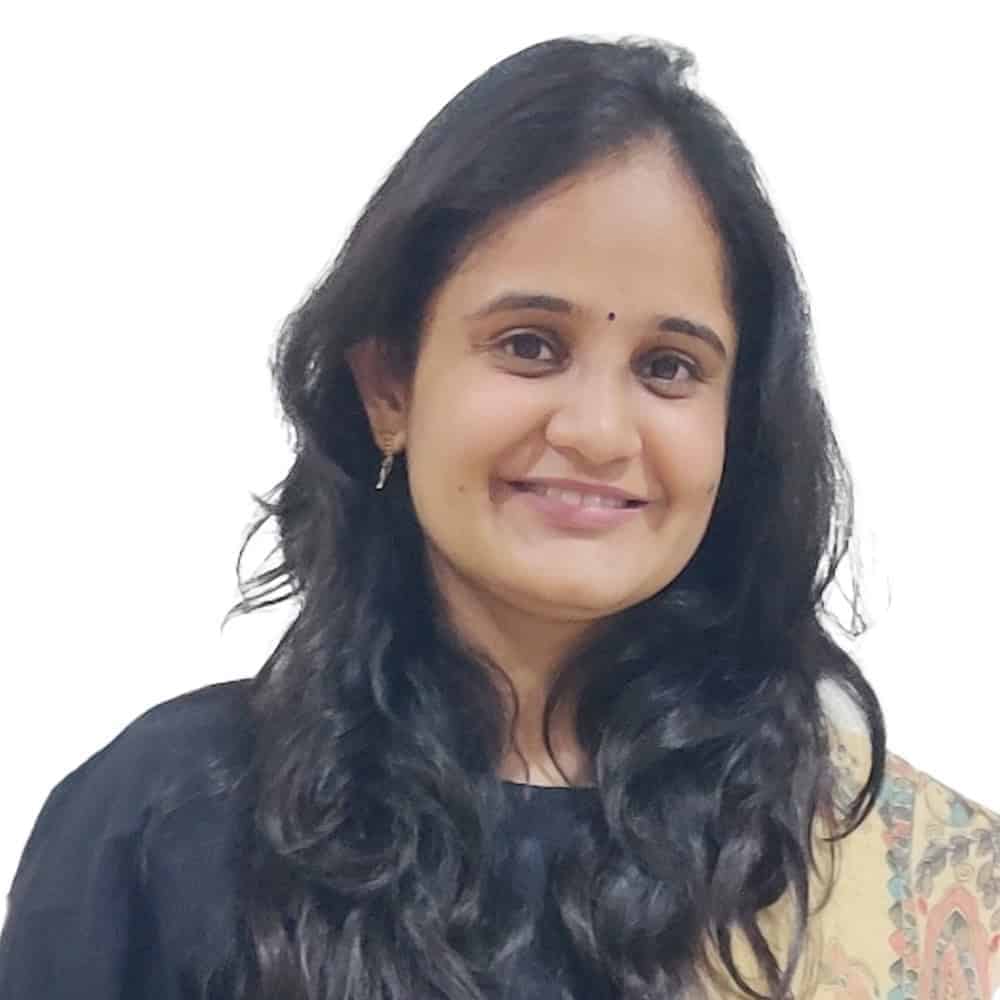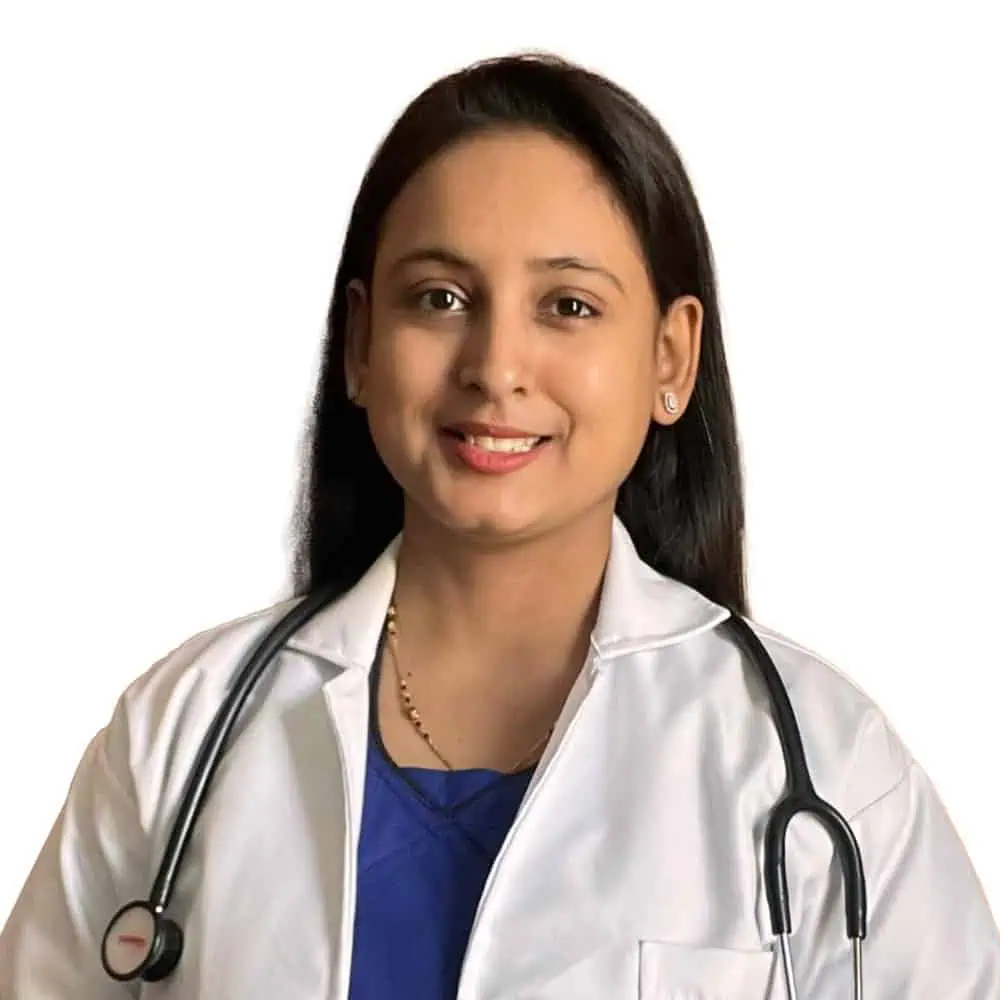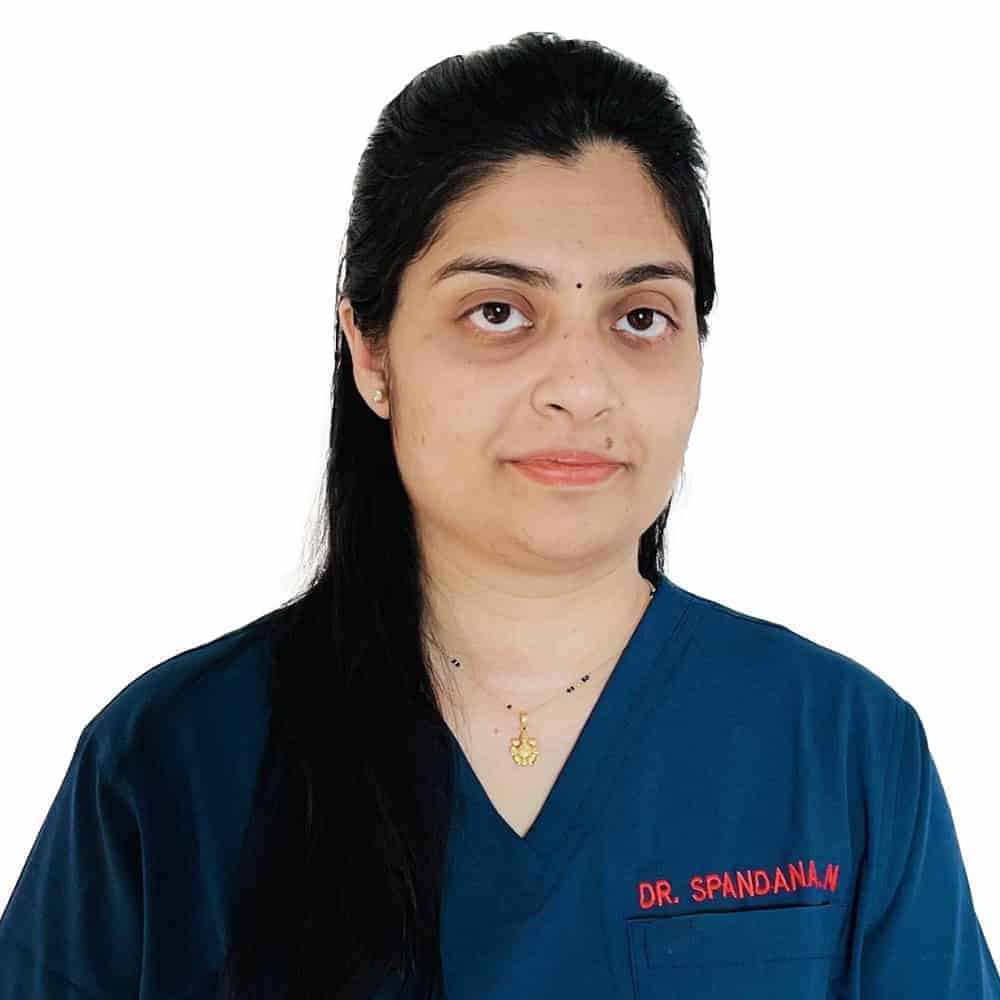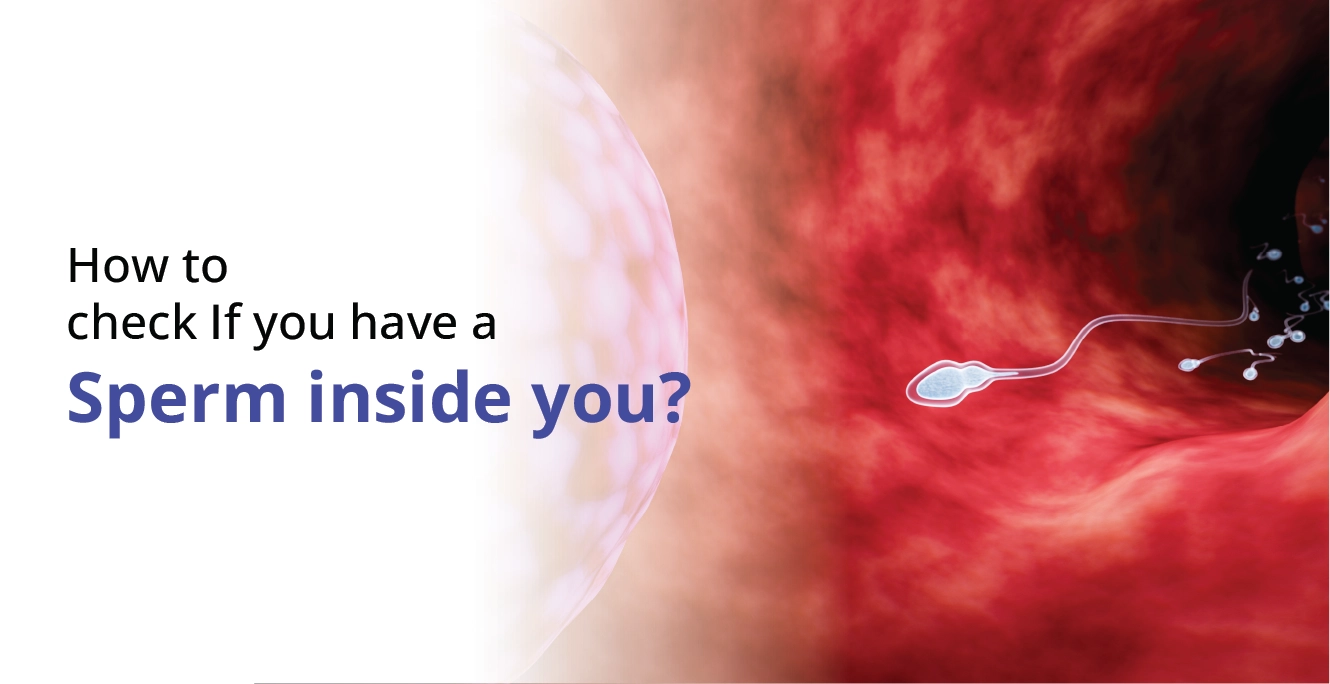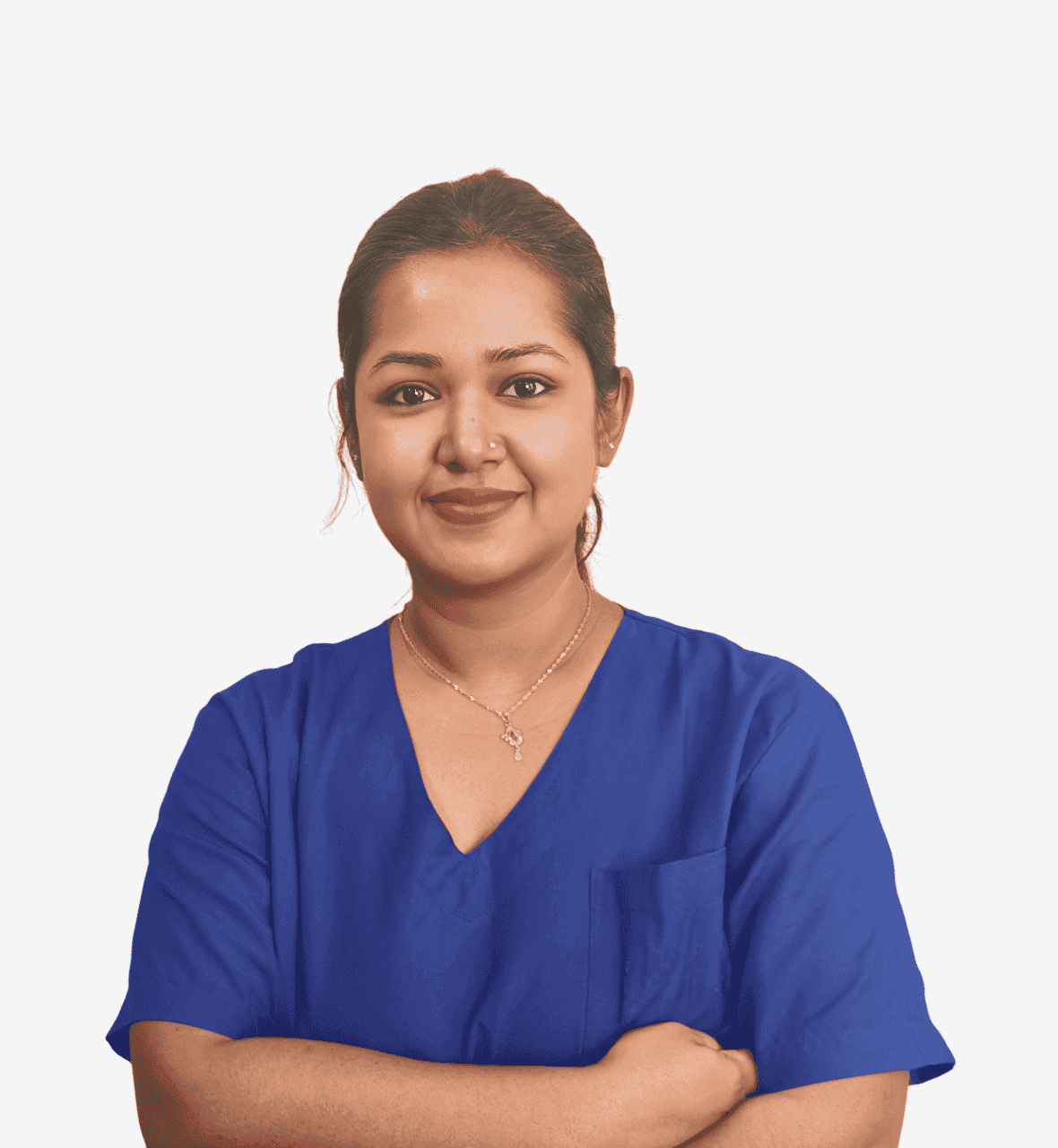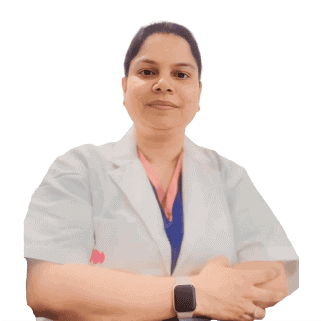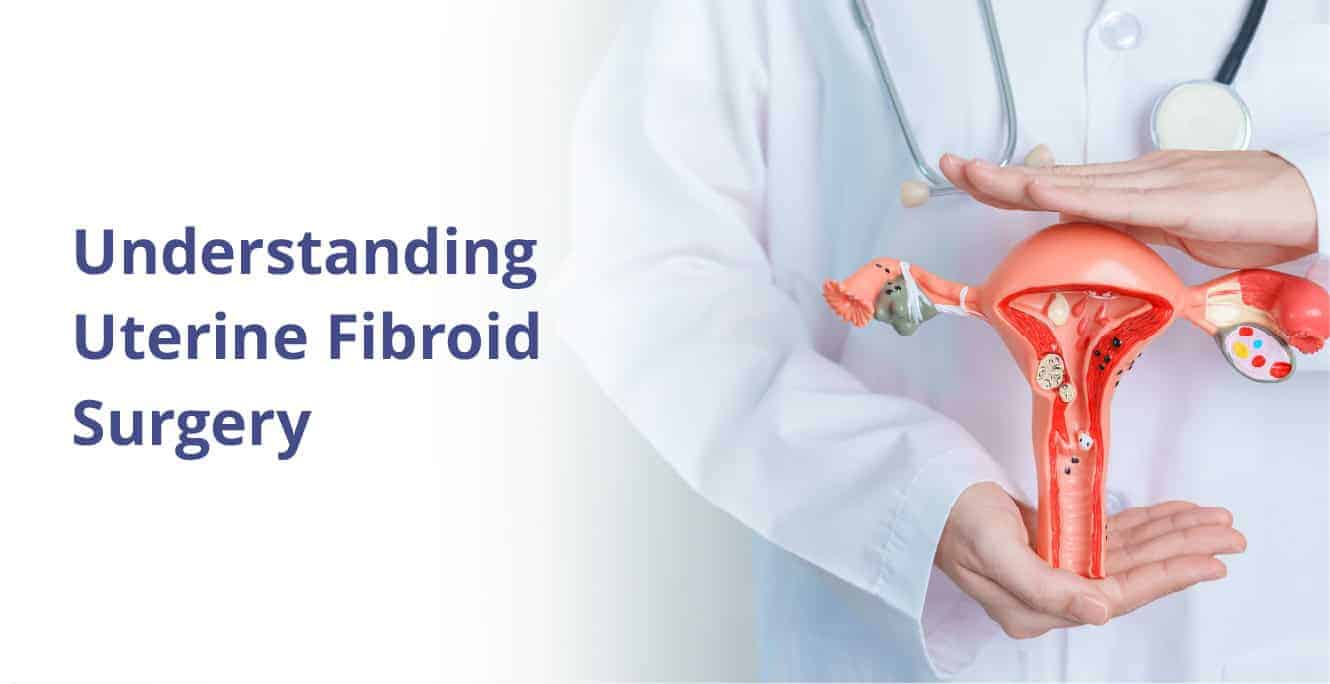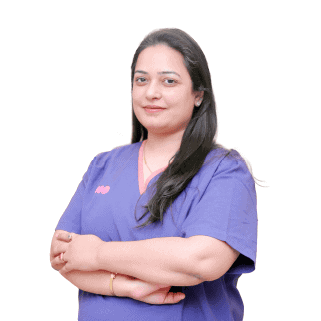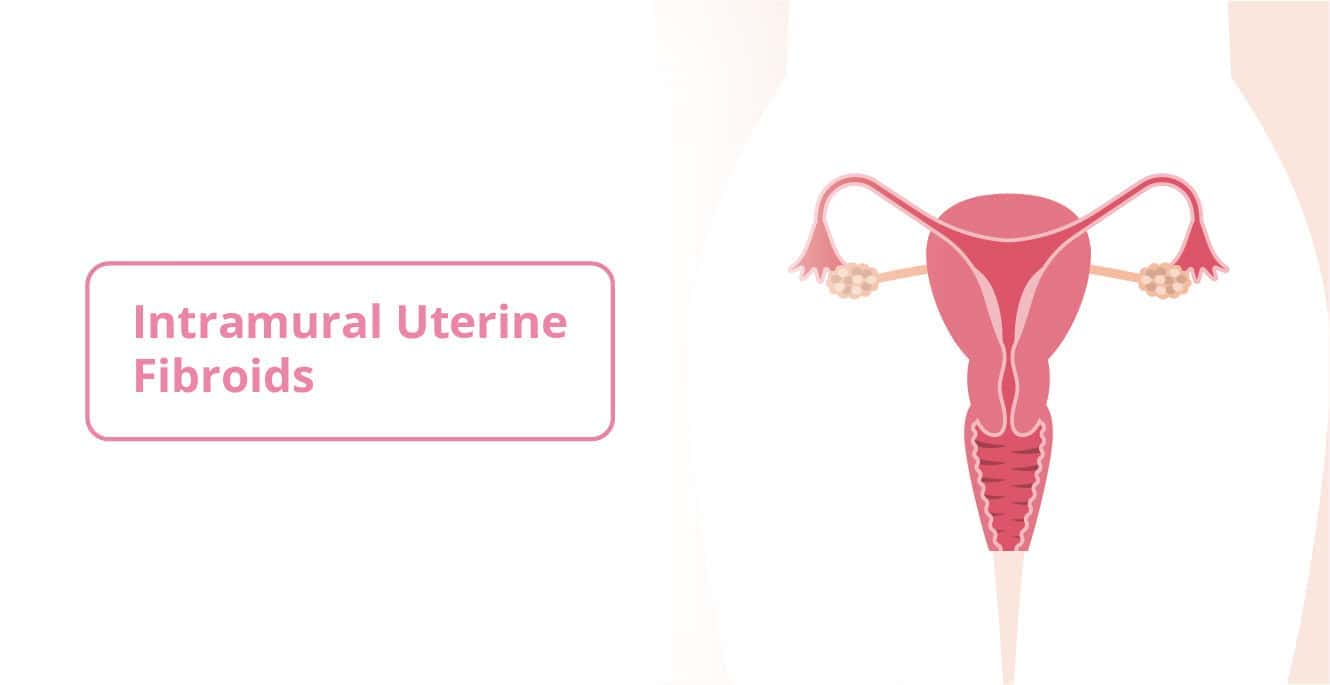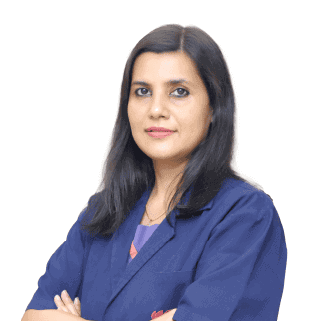Do you know what a polyp is? Because to understand what a sessile polyp is – it is first essential to know about polyps.
Polyps are a group of cells that form and protrude from within the tissue lining of different organs, including the nose, stomach, colon, etc.
What does a polyp look like – a polyp exists in two different shapes, namely, pedunculated and sessile. The former has a stalk and looks akin to a mushroom, while the latter is flat and resembles a dome.
What is a sessile polyp?
A sessile polyp is a type of abnormal growth that develops on the tissue lining of organs, most commonly in the colon. It has a flat or slightly dome-shaped appearance and lacks a stalk, which sets it apart from other polyps. Due to its flat structure, a sessile polyp blends seamlessly into the surrounding tissue, making it difficult to detect through routine screenings, especially in its early stages.
Typically, sessile polyps are found in adults over the age of 40. While many are benign, some may develop into cancer over time. This highlights the importance of regular check-ups and screenings for early detection of small sessile polyps.
Types of sessile polyps
There are different types of sessile polyps, such as:
-
Sessile serrated polyp: This type of sessile polyp has cells which look like a sawtooth under a microscope. It is considered to be precancerous.
-
Villous polyp: This type of polyp carries the highest risk of causing colon cancer. It can be pedunculated. However, it is usually sessile and only detected in colon cancer screening.
-
Tubular polyp: This type of sessile polyp is very common and carries the lowest risk of causing colon cancer.
-
Tubulovillous polyp: This type of sessile polyp shares the growth patterns of villous and tubular polyps.
Causes for sessile polyps
The exact cause of sessile polyps isn’t fully understood, but experts believe they develop from abnormal cell growth in the lining of the colon or rectum. A few factors that may contribute to this abnormal growth include:
-
BRAF gene mutation: Mutations in the BRAF gene trigger abnormal cell growth by causing cells to divide uncontrollably, leading to the formation of small sessile polyps.
-
Promoter hypermethylation: This process involves the silencing of certain genes. The genes lose their ability to perform normal functions, such as controlling cell division, which disrupts normal cell regulation and encourages abnormal growth patterns in the colon or rectum.
-
Abnormal cell division: In certain cases, cells in the lining of the colon or rectum divide faster than normal, creating a polyp that can grow and increase the risk of cancer.
Understanding these causes is vital for early detection, helping prevent the progression of sessile polyps to cancer.
Symptoms of colon polyps
Colon polyps, including small sessile polyps, often don’t cause any symptoms until they’ve grown quite large. But when symptoms do show up, here’s what you might notice:
-
Changes in bowel habits: This could mean more frequent trips to the bathroom or struggling with constipation.
-
Rectal bleeding: Blood in your stool or bleeding from the rectum might occur as blood vessels feeding the polyp break.
-
Abdominal discomfort: Cramping or pain in the stomach area may occur as the sessile polyp size increases.
-
Fatigue or weakness: Unexplained tiredness could result from blood loss caused by the polyp.
If a colon polyp, including a sessile polyp, turns into cancer, additional symptoms may arise. These symptoms often signal a more serious stage of the disease, and recognising them early is crucial. Signs that a polyp has progressed to colon cancer include:
-
Frequent diarrhea, constipation, or alternating between both.
-
Persistent discomfort or cramping in the abdominal region.
-
A feeling of fullness or excessive gas in the stomach.
-
Dark or tarry stool with blood.
-
Sudden, unexplained loss of weight without a change in diet or exercise.
If you experience any of these symptoms, it’s important to talk to your doctor. They can help figure out what’s causing the problem and recommend the best course of action.
Risk factors for colon polyps and colon cancer
Certain factors can make you more likely to develop colon polyps and colon cancer, including:
-
Being over the age of 50
-
Being male (men have a higher risk than women)
-
Having a personal or family history of colon cancer or polyps
-
Inflammatory bowel disease
-
Family history of type-2 diabetes
-
Lifestyle factors like:
-
Being overweight or obese
-
Not getting enough physical activity
-
Consuming a diet high in red meat and low in fibre
-
Smoking tobacco
-
Drinking alcohol
-
While these risk factors can increase your chances of developing polyps, it’s important to remember that anyone can get them. That’s why regular colon cancer screening is so important, especially as you get older.
Diagnosis of sessile polyps
As mentioned before, sessile polyps are challenging to detect and, with time, can turn dangerous and cancerous. Though not every sessile polyp will evolve into colon cancer – a study still recommends that people who are at a high risk of developing polyps should get screened regularly.
A doctor uses the following tests to screen for a sessile polyp:
Colonoscopy
In this test, a colonoscope – a flexible tube with a camera is used to view the colon lining. A doctor inserts it through the anus to see whether any polyps are present.
Since polyps can be difficult to see, a doctor can take a sample of tissues from your colon lining (polyp biopsy). Then the biopsy is analysed in a lab to check the type of polyp sessile and whether it carries the risk of becoming cancerous.
Stool Test
In this test, stool samples are obtained in sterile cups. They are taken either at the clinic or home and thereafter analysed in a laboratory.
Upon analysis, occult blood – blood that can’t be seen with naked eyes – can be found. This blood can be the result of a bleeding polyp.
Other kinds of stool tests can also be used to determine whether there is any DNA present from a sessile polyp.
CT Colonoscopy
In this test, you will need to rest on a table. A doctor will insert a tube of about 2 inches into your rectum. Then, the table will slide through a CT scanner and capture the images of your colon.
This will help the doctor look for sessile polyps.
Sigmoidoscopy
This test is quite similar to a colonoscopy. A doctor inserts a flexible, long tube inside your rectum to look at the sigmoid colon, i.e., the last segment of the colon, and check for the presence of sessile polyps.
Treatment of sessile polyps
Some sessile polyps that have been identified as harmless during diagnosis will not require any treatment. They only need to be monitored regularly. So, you will need to go for frequent checkups or colonoscopies.
On the other hand, sessile polyps that carry the potential of becoming cancerous will need to be removed.
If these polyps can be accessed, they are removed during a colonoscopy.
If these polyps are difficult to access, they are extracted with the help of a procedure called colon polypectomy. In this procedure, the doctor employs various surgical techniques to remove polyps.
In cases where sessile polyps are already cancerous, and cancer has spread, their removal is accompanied by chemotherapy or radiation therapy.
Cancer risk in sessile polyps
Based on their cancer risk, sessile polyps are classified as non-neoplastic or neoplastic:
-
Non-neoplastic are those polyps which don’t carry the risk of becoming cancerous
-
In neoplastic, sessile polyps and cancer become associated with each other as polyps carry a great potential of turning cancerous with time; only by removing them with surgery can this risk be eliminated
Conclusion
Sessile polyps are dome-shaped and form on the tissue lining of the colon. They are divided into four types based on some slight variations. Usually, symptoms of polyps don’t appear, but when they do, the polyps are already larger in size and cancerous.
In this scenario, for sessile polyps – colon cancer screening is necessary if you are more than 40 years old so that polyps can be detected in their early stage.
For this – you can contact the competent team of specialist doctors at Birla Fertility and IVF. The clinic is equipped with up-to-date tools for testing and aims to provide compassionate and top-notch healthcare services.
For the diagnostic screening and treatment of sessile polyps – book an appointment with Dr Apeksha Sahu or visit your nearest Birla Fertility and IVF clinic.
FAQs
-
How serious is a sessile polyp?
The seriousness of a sessile polyp depends on its likelihood of becoming cancerous. Some sessile polyps, like neoplastic, have a high likelihood of becoming cancerous, while non-neoplastic polyps have a low propensity of turning cancerous.
-
Are sessile polyps cancerous?
Sessile polyps are not cancerous by themselves, but some can develop into colon cancer over time if left untreated. Regular screenings are essential for early detection and prevention.
-
What percent of sessile polyps are cancerous?
The flatter the sessile polyps, the harder they are to detect and, with time, with an increase in size, the more cancerous they become. Though generally, only a few – around 5-10 per cent of sessile polyps become cancerous.
-
How many polyps are normal in a colonoscopy?
There is no definite number of normal polyps. Usually, in a colonoscopy, 1-2 polyps less than 5 mm in diameter are considered at the lower end of causing cancer; more than three polyps larger than 10 mm in diameter are considered at the higher end of causing colon cancer.
-
What foods cause polyps in the colon?
Many foods, such as fatty foods, foods low in fibre, and highly processed foods like hot dogs, bacon, and red meat – cause polyps in the colon. So, it’s better to limit their intake and instead eat foods rich in high-fibre and green leafy vegetables and fruits to avoid any predisposition to polyps and colon cancer.

